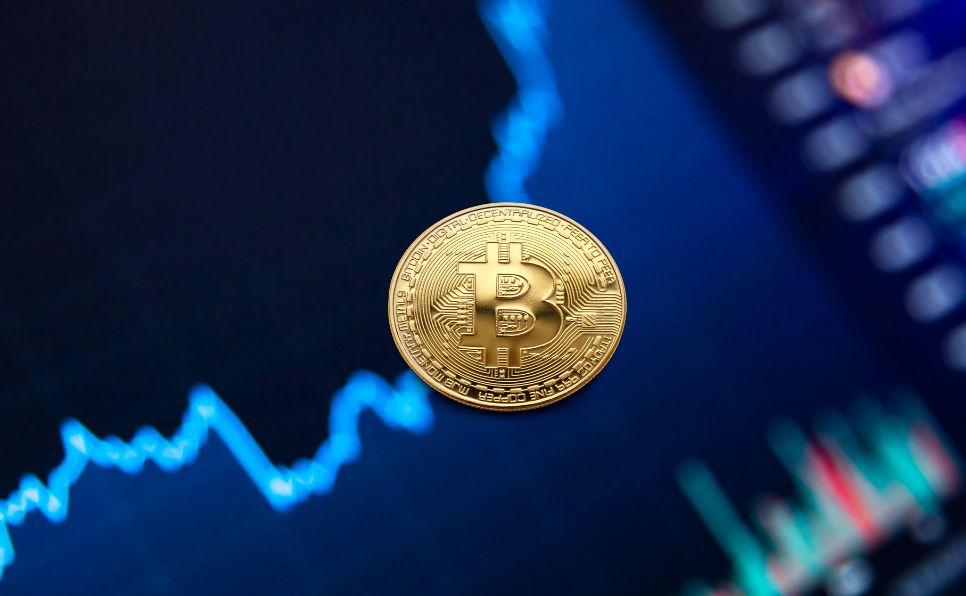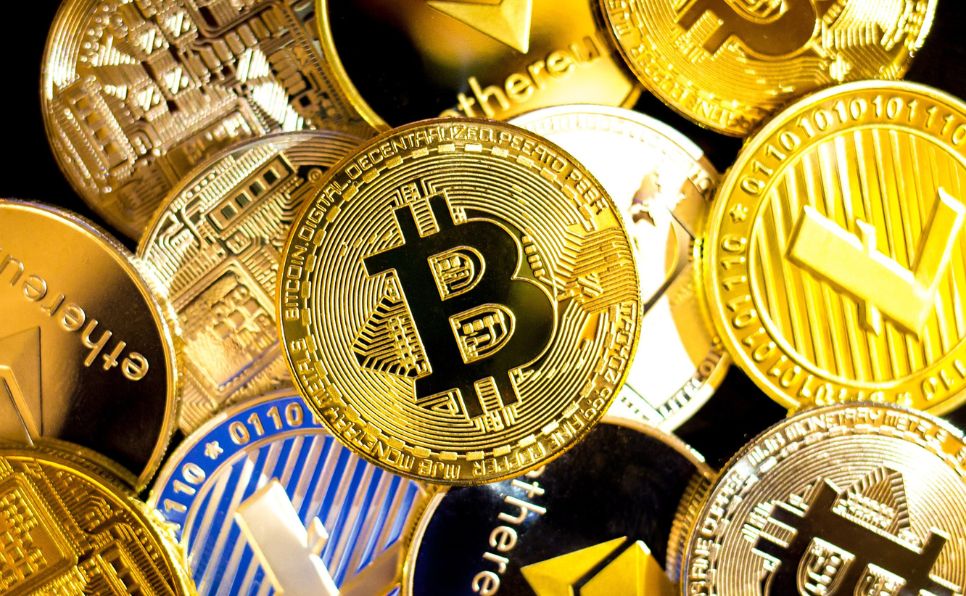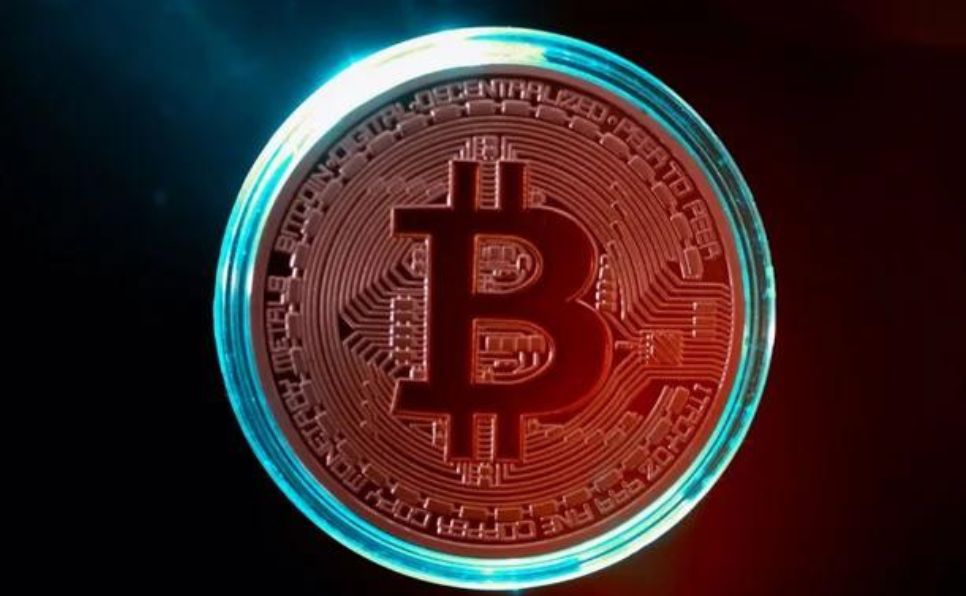If you are a crypto starter, you are probably wondering how investing, trading, staking and lending, and mining cryptocurrency can make you money.
To get started, it is best to understand the basics of cryptocurrency. It is easy to be intimidated as a new crypto user, but nailing down these crypto key terms is a great first step to understanding the user experience.
Cryptocurrency
Cryptocurrency is a digital currency that secures transactions through cryptography. Cryptocurrency is decentralized and operates without a regulating authority. This system is regarded as a “peer-to-peer” banking system and allows users to send and receive digital assets (payments) without a middle man.
Digital and virtual currencies originated with the first cryptocurrency: Bitcoin. Bitcoin is the most well-known example of cryptocurrency. Any other cryptocurrency that is not bitcoin is called an altcoin.
Crypto Address
What is a crypto address? Your crypto address is a virtual location for cryptocurrency to be sent. A crypto address is generated by your crypto wallet and is designed for one-time use. The crypto address is made up of 26 to 35 letters and numbers and is a key requirement for transferring cryptocurrencies. You can think of the crypto address as a unique destination to send digital assets. A crypto address also functions as a source digital assets are sent from. Think of a crypto address as a bank account number that you can generate on your own for transactions to be sent to.
Example Of A Crypto Address In Action
When using a bitcoin ATM (also known as a BTM), you may wonder how the BTM transfers your currency without a middle man. When using a bitcoin ATM, you may be prompted to log in to their app, scan a QR code, or enter a phone number. This information directs the BTM to your crypto address, so the BTM knows where your transaction is going. Once the BTM obtains your crypto address, it can transfer funds to your bitcoin wallet.
If you are selling cryptocurrency through a BTM, you will use your crypto address to direct the machine to your crypto wallet. You will also need the receiving crypto address for the machine to transfer funds from your wallet to your buyer’s.
Crypto Wallet
A crypto wallet is a program or device that stores the private key required to send transactions. Your crypto wallet operates like a database to access your funds. It secures your crypto addresses and private keys. Your crypto assets are stored on the blockchain, and in order to access your tokens, coins, or NFTs on the blockchain, you will need to use your crypto wallet’s private key. Your private key operates like a verification code that works with a public key to allow access to your funds on the blockchain.
Every wallet has a private and a public key. To access your crypto wallet, you will need both keys. Public keys grant access to receiving digital assets, while private keys grant access to sending digital assets.
Blockchain
A blockchain is a public database that stores information about digital transactions, designed to maintain security across peer-to-peer transactions, without relying on a third party.
Blockchains consist of “blocks”. A block groups information and uses cryptography to add it to an existing chain of information. For a transaction to enter a block on the blockchain, it must be validated by a network of computers. This encryption is a crucial step that ensures the transparency and integrity of each transfer. Once the transaction and sender have been verified by the computer, it is added to a new block of data in the existing blockchain. The blocks are unchangeable and publicly record the chronology and legitimacy of each transfer. This process enforces the chronology of each transaction that is recorded.
The blockchain’s decentralized method of recording transactions plays a crucial role in digital currencies by documenting and storing each transaction in a public network of “nodes” so if someone tries to alter any data in a given block, the remaining nodes are unchanged and correct.
Using a blockchain is important to the cryptocurrency system, in that no single user has control over the transactional data. Instead, everyone shares control of the data, and each block locks the data in place to avoid corruption and infidelity.
Node
You can think of a node as a computer that is connected to the cryptocurrency network. They regulate a blockchain\’s accuracy by cross-referencing each other. Before a block transaction enters a node, it must be accepted as legitimate. Nodes are updated as the blockchain updates, and the more nodes a blockchain has, the safer is it against hackers or outages. By distributing its data across a large network of nodes, the blockchain resists data corruption.
Mining
Mining is a way for the system to generate new bitcoin to be used in the system, but its main purpose is to manage and maintain the decentralized ledger (or blockchain).
For a cryptocurrency transaction to enter a blockchain, it has to be validated by cryptography. Miners will take part in the cryptographic process by guessing answers to equations. The first miner to solve the equation is rewarded with Bitcoin and then writes the next block on the blockchain. You can think of miners as temporary bankers in cryptocurrency’s decentralized banking system. Miners move money from one place to another (without the opportunity to hold power as a centralized banking system would) by adding blocks that record transactions on the blockchain.
Once a new block is produced by a successful miner, it is distributed to the cryptocurrency network to be validated. The blockchain is continuously updated by other computers validating a miner\’s cryptographic work.
Example of Miner Job
To make money mining bitcoin, miners use powerful computers that can make many attempts to quickly guess the correct number to solve the system’s equation. The miner that solves the equation first, will make bitcoin in reward for their work. Miners are also rewarded with transaction fees connected with the transactions inserted into the new block on the blockchain.
Cryptocurrency Whale
A cryptocurrency whale is a large account with a crypto wallet that has enough cryptocurrency to influence the system. If you are one of the largest crypto wallets in the system, your transactions are announced to other users. Other investors will look to whales, giving whales the power to impact crypto prices.
Fiat Currency
While cryptocurrency is legitimized by the blockchain’s public, decentralized ledger system, fiat currency is legalized by government declaration. Fiat is government-issued money that has no intrinsic value. We know that material commodities are supported by their intrinsic value (like gold or silver), and representative currencies (like credit cards and checks) are supported by money in a bank account. Fiat money has value backed by its issuer. The U.S. dollar, British pound, and the Euro are all fiat currencies.
When starting in crypto, most crypto sources allow you to buy cryptocurrency with fiat currency. Buying and spending cryptocurrency is quicker than fiat transactions as crypto does not require the validation of a middle man. Since cryptocurrency systems do not use middlemen, fiat to crypto transactions require exchange platforms.
To complete fiat to crypto transactions, you must find an exchange that allows fiat to crypto transactions.
Exchange
An exchange is a digital marketplace where you can buy and trade cryptocurrency. Since cryptocurrency transactions occur without a third party, you cannot move money directly from your bank account to purchase or trade crypto. To purchase crypto with fiat or money from your bank account, you need to sign up for an exchange platform. Crypto users will make an account through the exchange platform of their choice to exchange fiat money for cryptocurrency.
Non-fungible Token (NFT)
Buying and selling non-fungible tokens (NFT) is a common transaction in the world of cryptocurrency. NFTs are digital assets, like cryptocurrency, that are bought most commonly as collector’s items. Just as crypto transactions are validated on a blockchain, NFTs use blockchain systems to record ownership and sales.
NFTs represent unique art pieces, music, videos, sounds, or gaming tools that are valued by their rareness and are finite in number. NFTs may even be one of a kind in many cases. Purchasing an NFT allows owners the bragging rights of obtaining the original item. NFT transactions may include royalties for the original artists, so every time an art piece is sold, the creator is rewarded. Crypto users can access NFTs they purchase in their digital wallet with the rest of their cryptocurrencies.
Now that you have an understanding of the cryptocurrency basics, let\’s review!
- Cryptocurrency refers to digital and virtual assets that are secured in a peer-to-peer banking system.
- To access, sell, trade, and buy crypto, users will use their crypto address generated by their crypto wallet. A crypto wallet serves as an access point to the blockchain where digital assets are stored and protected.
- To enter a blockchain, each transaction goes through a network of peer-to-peer computers, which validate the transaction through complex mathematical equations. Each validated transaction is distributed across a network of nodes, which protects the blocks from hackers or outages.
- Miners serve the cryptocurrency system by creating new bitcoin and solving equations to legitimize transactions before they are entered into blocks on the blockchain.
- A cryptocurrency whale is an individual or group that owns a lot of crypto. These users influence the system as smaller accounts will look to whales’ transactions in determining the value of coins or tokens and driving demand.
- Fiat currency refers to money that is backed by its issuer. To exchange fiat money for cryptocurrency, users will sign up for an exchange platform.
- Exchanges are digital marketplaces where you can buy and trade cryptocurrency.
- NFTs are digital assets that are bought and sold with cryptocurrency. They are valued for their scarcity and they are legitimized by a blockchain ledger system.
Now that you know the basics, you can start buying, selling, and trading crypto confidently! Use RockitCoin to buy crypto easily through our app, website, or one of our Bitcoin ATMs.




